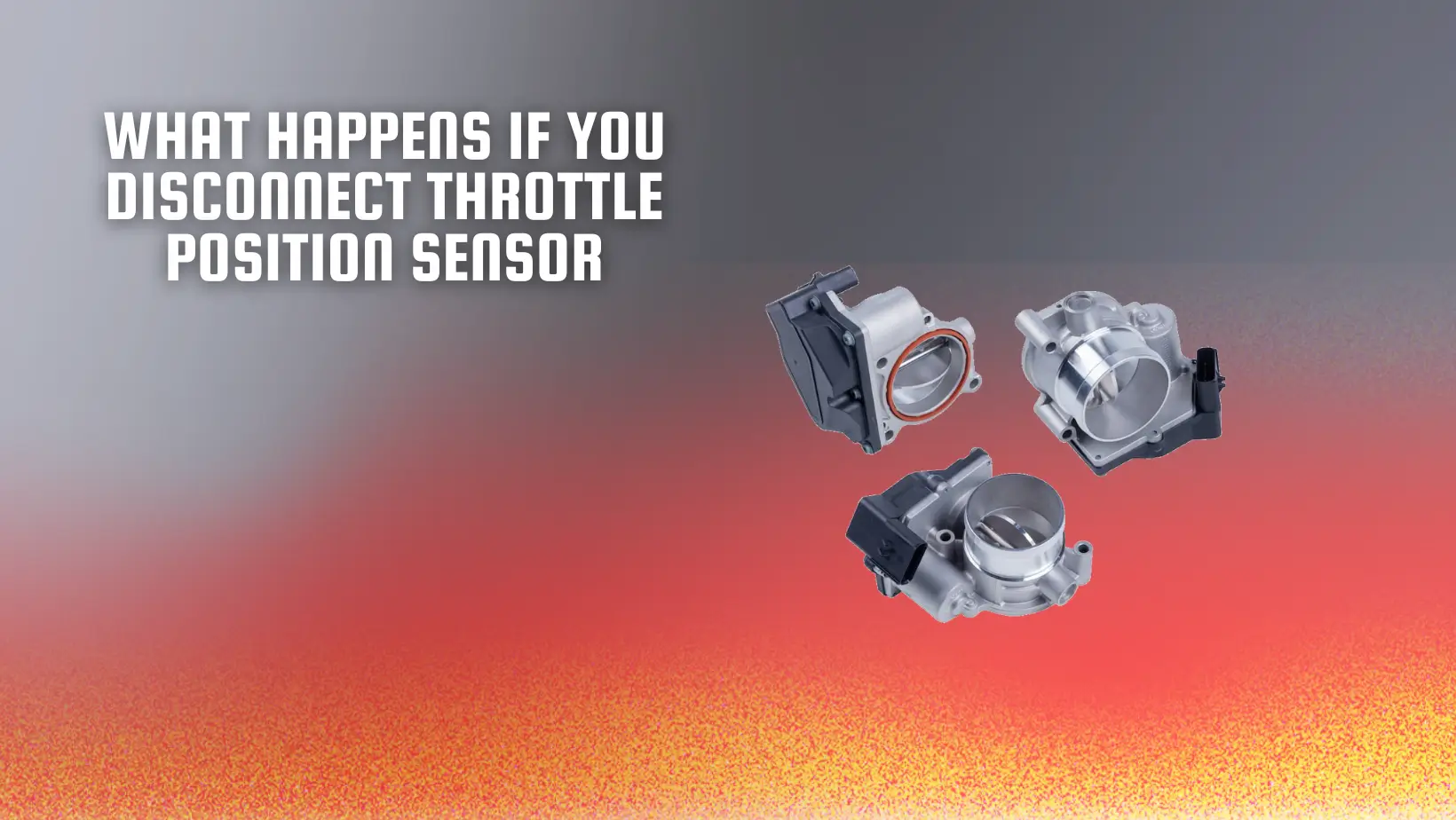A throttle position sensor (TPS) is a device that is utilized to monitor the amount of air that enters an engine. Typically, the sensor is situated on the butterfly spindle or shaft, which allows it to directly monitor the position of the throttle. More advanced versions of the sensor may also be employed, such as an additional "closed throttle position sensor" (CTPS), which indicates when the throttle is completely closed. In some cases, electronic throttle control (ETC) or "drive by wire" systems are used by certain engine control units (ECUs) to regulate the throttle position. In such cases, the position sensor is used in a feedback loop to facilitate that control.
The TPS (Throttle Position Sensor) is associated with accelerator pedal sensors, which frequently incorporate a Wide Open Throttle (WOT) sensor. These accelerator pedal sensors are utilized in electronic throttle control or "drive by wire" systems. The most prevalent application of a wide open throttle sensor is for the kick-down function on automatic transmissions.
Non-contact type throttle position sensors (TPS) operate based on the principles of Hall effect, inductive sensors, or magnetoresistive technologies. Typically, the dynamic part of the sensor is the magnet or inductive loop, which is mounted on the butterfly valve throttle spindle/shaft gear. The sensor and signal processing circuit board are stationary and mounted within the ETC gear box cover.
As the magnet/inductive loop mounted on the spindle rotates from the lower mechanical stop to WOT, there is a change in the magnetic field that is detected by the sensor. The sensor senses the change in the magnetic field and generates a voltage, which is then inputted into the ECU.
Typically, a two-pole rare-earth magnet is used for the TPS due to their high Curie temperatures required in the under-hood vehicle environment. The magnet can be of various types, including diametrical, ring, rectangular, or segmental. The magnet is designed to have a consistent magnetic field that does not significantly vary with time or temperature.

1) Poor engine performance: When the TPS is disconnected, the ECM/ECU will not receive accurate information about the position of the throttle valve. This can cause poor engine performance, such as stalling, hesitation, rough idling, or surging.
2) Loss of power: If the TPS signal is lost, the ECM/ECU may default to a conservative or "limp-home" mode to protect the engine. This can limit the engine's power output, resulting in sluggish acceleration and reduced overall performance.
3) Poor fuel efficiency: Without accurate throttle position data, the ECM/ECU cannot optimize the air-fuel mixture, leading to reduced fuel efficiency and potentially increased emissions.
4) Check Engine Light (CEL): Disconnecting the TPS will likely cause the Check Engine Light to illuminate, indicating a problem with the engine management system.
5) Diagnostic trouble codes (DTCs): The ECM/ECU will store diagnostic trouble codes related to the TPS circuit, which can be retrieved with an OBD-II scanner.
It is not recommended to disconnect the Throttle Position Sensor as it can cause various engine performance issues and potential damage. If you suspect a problem with your vehicle's TPS, it is best to consult a professional mechanic for diagnosis and repair.
Typical indications of a defective TPS are:
- Inadequate engine performance such as stalling, hesitation, rough idling, or surging
- Decreased power or slow acceleration
- Reduced fuel efficiency
- Illumination of the Check Engine Light (CEL)
- Diagnostic trouble codes (DTCs) linked to the TPS circuit.
It is not advisable to drive with a faulty TPS as it can result in subpar engine performance, decreased fuel efficiency, and possible harm to the engine or other parts. It is recommended to seek the assistance of a professional mechanic for prompt diagnosis and repair if you suspect any issues with your vehicle's TPS.
The TPS is responsible for communicating the position of the throttle to the engine control module, which then adjusts the fuel and air mixture accordingly. If the TPS is not functioning properly, it can cause a number of problems such as poor fuel economy, rough idling, stalling, and even difficulty starting the engine. Additionally, driving with a faulty TPS can cause damage to other components of the engine. It is best to have the TPS replaced as soon as possible to avoid any further issues.